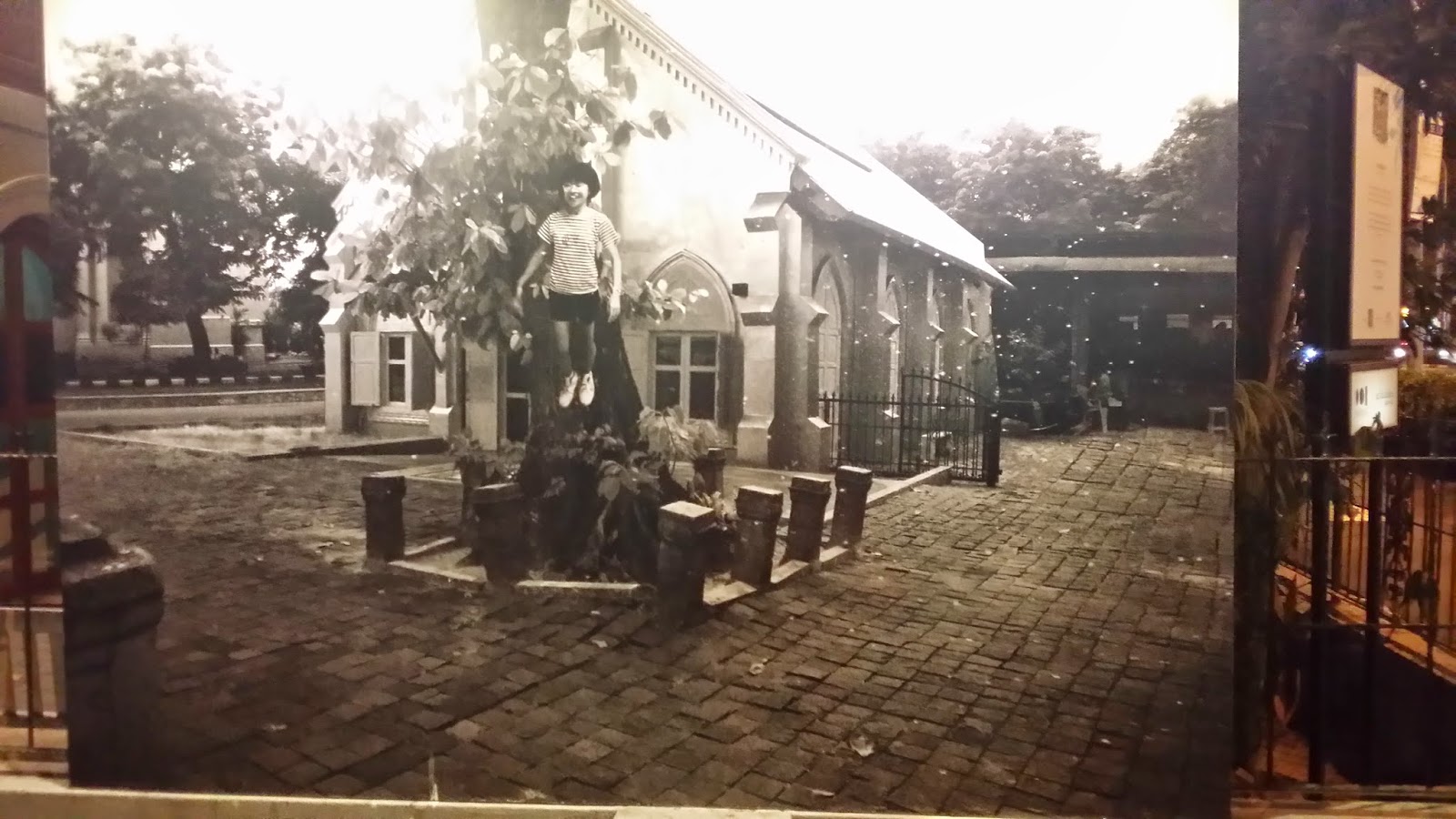[Artist of the day] Alex Katz

ALEX KATZ, FOLDING CHAIR, 1959, GIFT OF THE ALEX KATZ FOUNDATION
Alex Katz was born in Brooklyn, New York, in 1927 and educated at Cooper Union. Although he fraternized in the 1950s with the abstract expressionists at the Cedar Bar, their hangout in Greenwich Village, Katz never embraced the gestural style popular in New York, clinging instead to some degree of observation. (In high school he had received traditional training that included drawing from antique casts.) And yet if Katz's work has always celebrated the realism of quotidian life and landscape, it also cunningly incorporates the scale and structure of the ambitious abstract painting of his time.
Folding Chair, 1959, with its restrained elegance, is a stately example of this abstracted realism. Katz simplifies the image to its essentials. A pale folding chair meets the olive plane of the floor and gridded windows of the city in a tilted space that opens wide to the viewer and defies perspective. The mode was not well received at first. Visitors to Katz's 1959 solo show at the Tanager Gallery unfavorably compared his paintings to photographs. Although Katz did paint from snapshots in the early 1950s, by the end of the decade he had shifted to painting from life with all the spontaneity of Jackson Pollock, whom he knew and admired. What he retained from his early use of the snapshot as reference were the parameters of the camera aperture, which constrained the scene in question and the viewer's position. At the same time, his rather arbitrary color choices declared his independence from photographic realism.
Abstract expressionist artist Willem de Kooning recognized Katz's painterliness in 1959 and, responding to remarks from his critics, told Katz, "They look like photos, but they are paintings, and don't let them knock you away from it." While the view of Folding Chair appears photographic from across the gallery, a closer look reveals that the spare shapes of the work—one rectangle stacked against another— bear loose brush marks and imprecise edges where one color bleeds into the next.
The composition reflects Katz's use of collage throughout the 1950s to consider the relationships between flat planes of color. Inspired by Henri Matisse's deliberate use of collage in his Cut-Outs, Katz avoided the sometimes haphazard nature of a medium based on scrap material. He purchased beige sheets of paper, hand-painted them in flat washes, and cut them into precise shapes that he then arranged on a page. One can easily imagine the correspondence between collage and canvas in Folding Chair: painted images of a white windowpane or green wall may well have replaced tiles of paper.
Folding Chair is a significant addition to the National Gallery's strong collection of postwar American painting and offers an opportunity to examine Katz's early blurring of the boundary between abstraction and realism. In its juxtaposed planes of color and flattened spaces, the work presages the stark compositions of Katz's later pictures, of which the Gallery's other Katz painting, Swamp Maple (4:30), 1968, is a major example. Folding Chair was a generous gift from the Alex Katz Foundation.
Alex Katz, American, born 1927, Folding Chair, 1959, oil on canvas, overall: 121.3 x 123.8 cm (47 3/4 x 48 3/4 in.), Gift of The Alex Katz Foundation, 2009.104.1
Source: National Gallery of Art
http://www.nga.gov/exhibitions/acquisitioninfo.shtm



留言